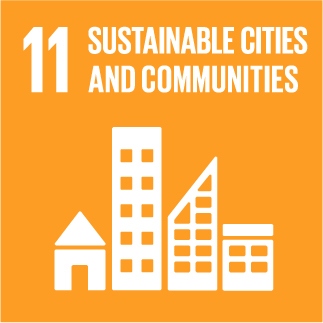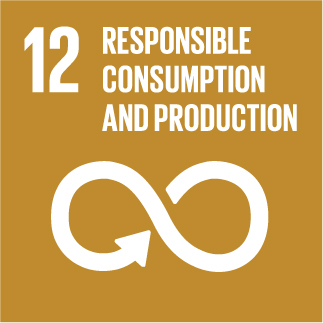URBANREC
Valorization of agro-industrial wastes towards the production of rhamnolipids
In this work, oil mill wastewater (OMW), a residue generated during olive oil extraction, was evaluated as an inducer of rhamnolipid production. Using a medium containing as sole ingredients corn steep liquor (10%, v/v), sugarcane molasses (10%, w/v) and OMW (25%, v/v), Pseudomonas aeruginosa #112 produced 4.5 and 5.1g of rhamnolipid per liter in flasks and reactor, respectively, with critical micelle concentrations as low as 13mg/l. Furthermore, in the medium supplemented with OMW, a higher proportion of more hydrophobic rhamnolipid congeners was observed comparing with the same medium without OMW. OMW is a hazardous waste which disposal represents a serious environmental problem; therefore, its valorization as a substrate for the production of added-value compounds such as rhamnolipids is of great interest. This is the first report of rhamnolipid production using a mixture of these three agro-industrial by-products, which can be useful for the sustainable production of rhamnolipids.

» Author: Eduardo J. Gudiña, Ana I. Rodrigues, Victor de Freitas, Zélia Azevedo, José A. Teixeira, Lígia R. Rodrigues
» Reference: Bioresource Technology, Volume 212
» Publication Date: 01/07/2016
» More Information

This project has received funding from the European Union's Horizon 2020 research and innovation program under grant agreement Nº 690103




URBANREC Guidelines by URBANREC Consortium is licensed under a Creative Commons Reconocimiento-NonComercial-NoDerivatives 4.0 Internacional License.
Puede hallar permisos más allá de los concedidos con esta licencia en www.aimplas.net
